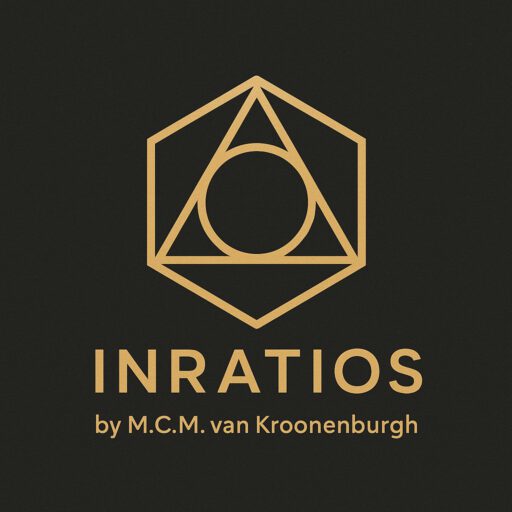The Shape of Meaning
How GRM Classifies Without Guessing
When recognition becomes structure
How do digital systems recognize a shape?
They don’t see what we see.
They detect patterns, collections of pixels, edges, colors.
They compare those patterns to training data, and guess.
Guess with high confidence, sure, but still guess.
This is how most AI works:
classification through correlation.
Statistical probability dressed up as perception.
But what if there was another way?
What if shape recognition didn’t rely on past examples,
but on present structure?
What if a shape could explain itself,
not by what it resembles,
but by how much space it fills?
That’s what GRM offers.
Because when you frame a shape inside a square or cube,
and measure how much of it is filled,
you get more than just size.
You get meaning.
The ratio is the identity
In GRM, every shape that fits inside a square or cube
has a definable, measurable ratio.
- A perfect circle inside a square?
Always 0.7854 SAU. - A perfect sphere inside a cube?
Always 0.5236 SVU.
These aren’t approximations.
They’re fixed proportions, structural signatures.
That means every form has its own ratio identity.
And that identity can be measured, classified, and compared
without complex equations or pattern databases.
You don’t need to guess what a shape is.
You measure what it fills, and that tells you what it is.
This is where GRM becomes more than a geometry model.
It becomes a classification system.
Once a shape is framed inside a square or cube,
its ideal ratio becomes a reference,
not just for naming,
but for understanding.
And when a shape almost fits,
when it’s just off the expected ratio,
GRM doesn’t fail.
It detects the deviation.
In GRM, tolerance isn’t an error margin.
It’s a measurable difference from the ideal.
This makes it possible to:
- Classify shapes with no prior training
- Quantify how “circle-like” or “square-like” a form is
- Detect distortions, irregularities, or mutations
- Compare shapes across sizes and dimensions, with one consistent system
In a world of uncertain AI guesses,
GRM offers something rare:
certainty through structure.
The shape speaks back
In most systems, classification is the end.
The model guesses what it sees, applies a label, and moves on.
But with GRM, classification is only the beginning.
Because once you know the ideal ratio of a shape,
you can also detect how far it has drifted.
GRM doesn’t just ask “What is this?”
It also asks “How true is it to what it claims to be?”
That’s not just measurement.
That’s interpretation.
It means you can recognize when a structure is incomplete,
when it’s distorted, when it falls outside the expected range,
not based on training data, but based on proportion.
This makes GRM a powerful tool for:
- shape verification
- anomaly detection
- structural classification
- tolerance analysis
And that’s exactly where we go next.
Because the real world is rarely perfect.
Forms deviate. Measurements shift. Shapes evolve.
Tomorrow, we explore how GRM handles those deviations,
not as noise, but as signal.
Up next: Tolerance Is Not an Error – How GRM Handles Imperfection With Logic
Stay curious.

